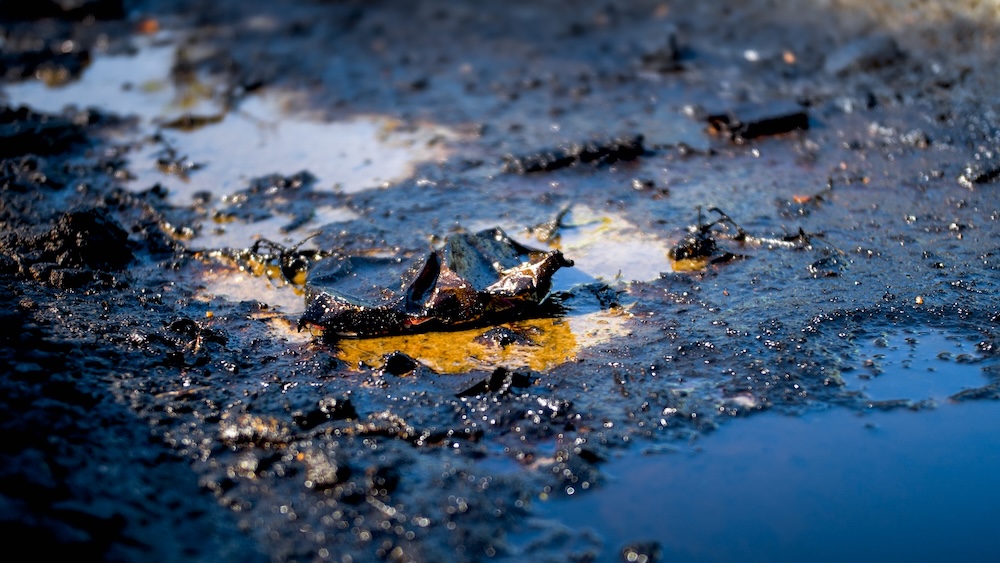What Is Shoreline Sludge?
Shoreline sludge refers to the dark, sticky, polluted sediment that builds up along the edges of oceans, rivers, and lakes. Often overlooked, this sludge is a mixture of industrial waste, sewage, petroleum byproducts, heavy metals, microplastics, and decaying organic matter.
While it may appear to be just muddy residue, toxic sludge along shorelines can damage ecosystems, endanger human health, and reduce biodiversity.
Where Does Toxic Sludge Come From?
1. Urban Runoff
Stormwater washes oil, gasoline, heavy metals, pesticides, and trash from roads into nearby water bodies.
2. Wastewater Discharge
Even treated wastewater can still contain pharmaceuticals, nitrogen, phosphorus, and chemical residues that settle along shorelines.
3. Industrial Pollution
Factories may release untreated or semi-treated waste, including toxic sludge, directly into rivers or coastal areas—especially in countries with weak regulations.
4. Agricultural Runoff
Excess fertilizers, animal waste, and soil erosion contribute nutrients and pathogens that accumulate along water edges, forming thick mats of harmful material.
5. Oil and Maritime Traffic
Cruise ships, tankers, and other vessels contribute oil spills, bilge discharge, and other pollutants, which can cling to sediment and concentrate near the shore.
Environmental Impacts of Shoreline Sludge
1. Harm to Aquatic Life
- Low oxygen levels in sludge-covered zones suffocate fish and shellfish.
- Pollutants bioaccumulate in marine organisms, leading to toxic effects up the food chain.
- Sludge smothers coral reefs and seagrass beds.
2. Coastal Erosion and Habitat Loss
- Sludge buildup alters the natural structure of shorelines.
- Marshes, wetlands, and mangroves—which act as natural filters—may become overwhelmed or destroyed.
3. Human Health Hazards
- Contact with sludge-contaminated water can cause skin rashes, infections, or gastrointestinal illness.
- In some areas, toxic hydrogen sulfide gas or methane can be released.
- Seafood harvested near sludge zones may contain unsafe levels of mercury or PCBs.
How It Affects Recreation and Tourism
- Beaches become unsightly and unsafe, deterring visitors.
- The odor and visual pollution damage local economies dependent on clean water and outdoor recreation.
- Marinas and harbors may become clogged or toxic to marine vessels and workers.
What Can Be Done?
Prevention
- Reduce runoff from urban and agricultural sources by promoting green infrastructure (e.g., rain gardens, permeable pavement).
- Ban or limit industrial discharge into waterways.
- Enforce strict maritime waste disposal regulations.
Clean-Up Efforts
- Dredging and decontamination of affected areas (expensive and often temporary)
- Bioremediation: using microbes to break down pollutants
- Restoration of wetlands to act as natural sludge filters
Policy and Public Engagement
- Support Clean Water Act enforcement and funding
- Community monitoring and reporting of sludge build-up
- Public education campaigns to raise awareness and action
Common Questions
Is shoreline sludge the same as oil spill residue?
Not always. While oil may be a component, sludge includes a wider mix of chemical, biological, and industrial pollutants.
Can sludge be cleaned up naturally?
Some bacteria and wetland systems can slowly filter and degrade pollutants, but large-scale sludge often requires human intervention.
Is it safe to swim near sludge-covered areas?
No. Exposure can lead to serious health effects, and sludge zones often contain bacteria, parasites, and heavy metals.
Final Thoughts
Shoreline sludge is an often-invisible crisis—until it surfaces in the form of dead zones, toxic beaches, or fish kills. Tackling this issue means addressing the sources of pollution upstream as much as cleaning up the aftermath.
The good news? Nature can heal, but it needs our help. By demanding cleaner industry practices, embracing green urban design, and protecting coastal ecosystems, we can push back against the toxic tide building on our shorelines.









Reader Interactions